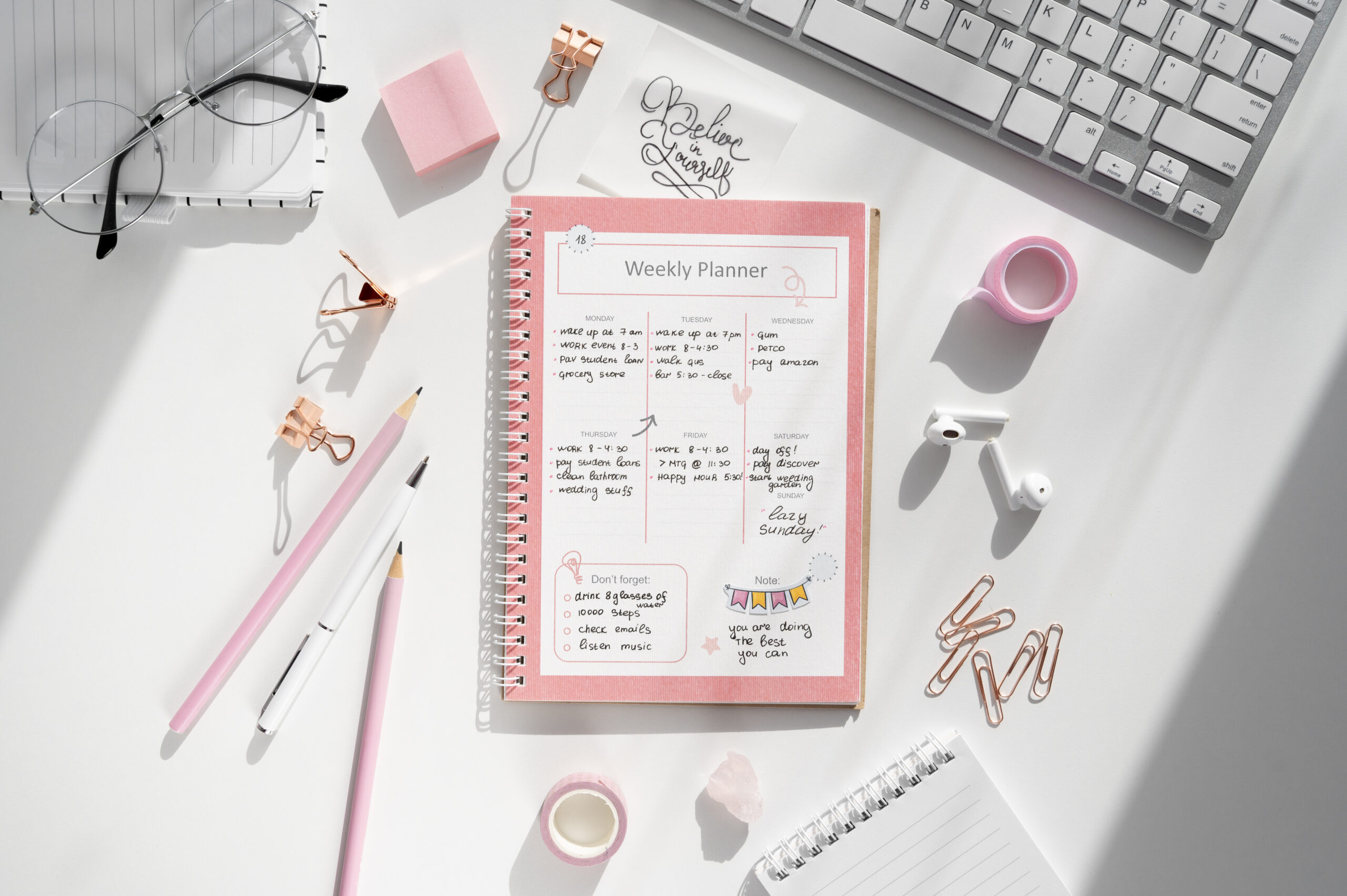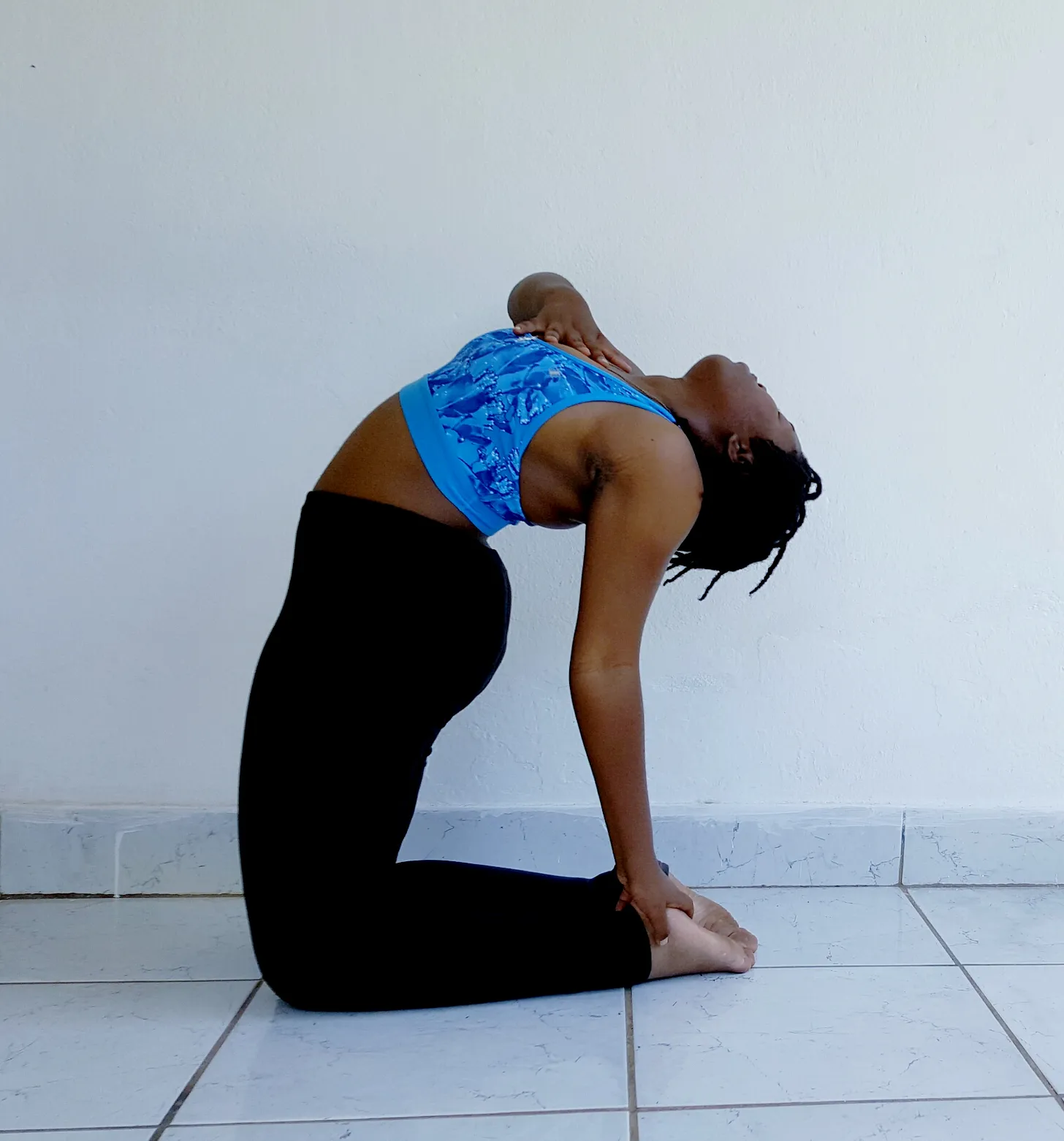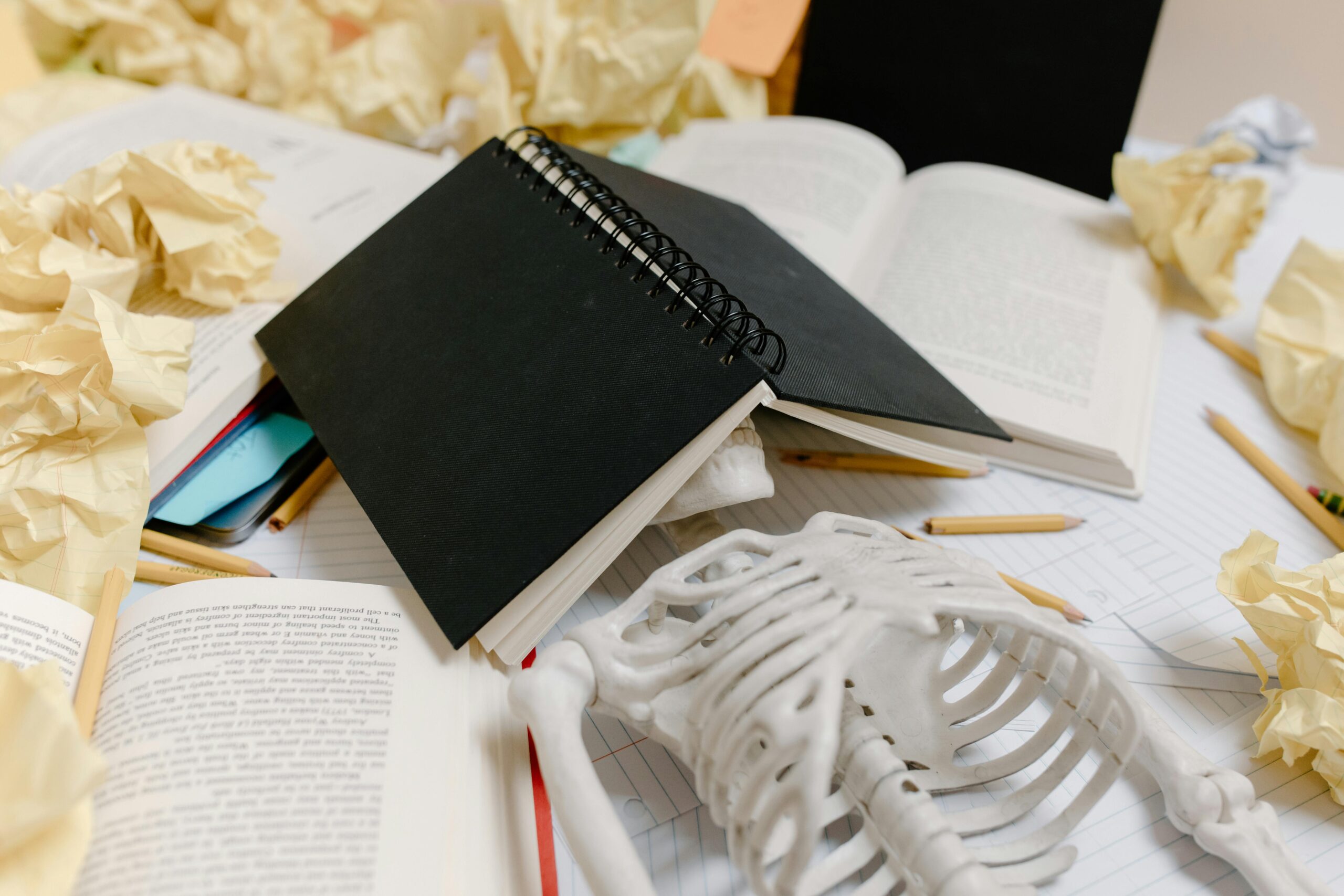A Simple Step-By-Step Guide to Essay Structure

Lovelies,
Welcome to the fourth post from my How To College Better series. It’s a blog series in which I share tips and tricks to help with surviving college (well, better than I did anyway). If this is the first post you’ve read from the series, not to worry! Here’s what I’ve covered so far if you need to catch up:
PART ONE: 10 Amazing Tools to Make College and Learning Online Easier
PART TWO: 10 Big Mistakes Not To Make In College
PART THREE: How To Write Essays That Get Good Grades
Today, I’ll be sharing a simple step-by-step guide to essay structure. Before we begin, it’s very important to already have an essay outline. That means you’ve already done your research, found your main points and created your thesis statement. The outline, then, is a skeleton of the essay you are going to write. (If you haven’t got an outline yet, please check out Part Three of the series.)
We all know the basic structure of a standard essay looks something like this:
Introduction
Body
Conclusion
We know introductions are the beginning; the body contains our main points, and the conclusion is the ending (duh!). And we know that our essays should follow this order. What we may not all know is there are best practices for tackling each of these three components.
This post shows you every single step to follow when writing an essay.
The Introduction

Step 1: The Hook
Begin the introduction with something interesting like a shocking statistic, a quote, a controversial statement, an anecdote, etc. This is the essay’s hook (what grabs your reader’s attention). If you’re stuck, resort to rephrasing the essay question. However you approach it, follow your hook with a little context on the topic.
Step 2: State your thesis
Next comes the thesis statement you created. This is what will show the focus of your essay. Remember, your thesis should state your central argument; structure or guide your essay; and synthesize your main ideas.
Step 3: State the purpose of your essay
Now you need to set out the purpose of the essay (i.e. what kind of essay it is) and signpost what is to come. In other words, you need to tell your reader what shape your argument will take e.g. “This essay is an examination of X’s impact on Y.”
The Body
Step 4: Use transitions
Link the introduction to the body with a signposting phrase. This can be something as simple as, “Firstly…” Make sure you signpost at the beginning of every paragraph in your body.
Essential Tip: One idea per paragraph. Each point from your outline needs to be expounded on its own.
Step 5: Use the PEA method for your paragraphs
PEA stands for Point, Evidence and Analysis. Here’s the breakdown:
Point – this is your topic sentence. It contains the main idea of your paragraph. The topic sentence should directly reference the thesis statement.
Evidence – this is what supports the claim of your main idea. Your topic sentence exists in a vacuum on its own. Provide examples and context that back up your main point.
Analysis – this explains how and/or why of your topic sentence. After putting the main point into context, explain to the reader the implications and the relevance. The analysis should answer the ‘so what?’ of your main point.
Step 6: Link your Paragraphs
In your outline, you’ll have made connections between your main points. Make sure that the body of the essay demonstrates how your main ideas relate to each other, not just how they relate to the question or thesis statement.
The Conclusion
Step 7: Restate your thesis
Begin the conclusion by reiterating the main point of your essay. Remember not to add new information here. Simply rephrase your thesis statement.
Step 8: Summarise your points
Summarise the body by showing how each point supports your thesis statement. Again, do not introduce ideas you haven’t already talked about here. Simply bring together what has already been discussed. Also, make sure to be concise. This is just a recap of what you’ve already said. Do not regurgitate or expound the ideas again
Step 9: Highlight the importance of your argument
What are the implications of your discussion or argument? Demonstrate to the reader why everything you just discussed is relevant and what it means in relation to your given question. Be sure to refer to the links and connections between the ideas in the body.
Step 10: Refer back to your hook
The last thing you need to do is to close your essay. Do this by directly referring to the hook of your introductory paragraph. If you used a quote, anecdote, statistic, etc., then you should reference that in your closing sentence. If you restated the question, rephrase it whilst referencing your thesis statement.
There you have it! A simple 10-step guide to essay structure.






One Comment